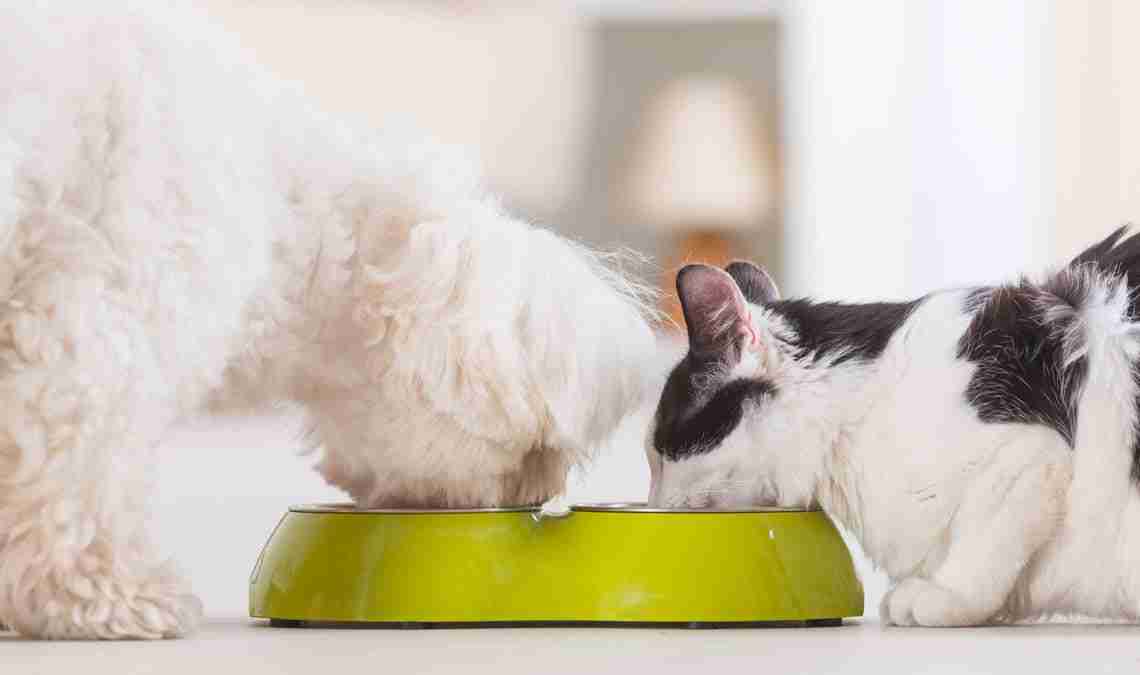Crude ash: understand the analytical components of a pet food label


Are you sure Alternative is too expensive? Even after evaluating the quality of the ingredients?Meat and fish are generally more expensive than cereals and vegetables.A...